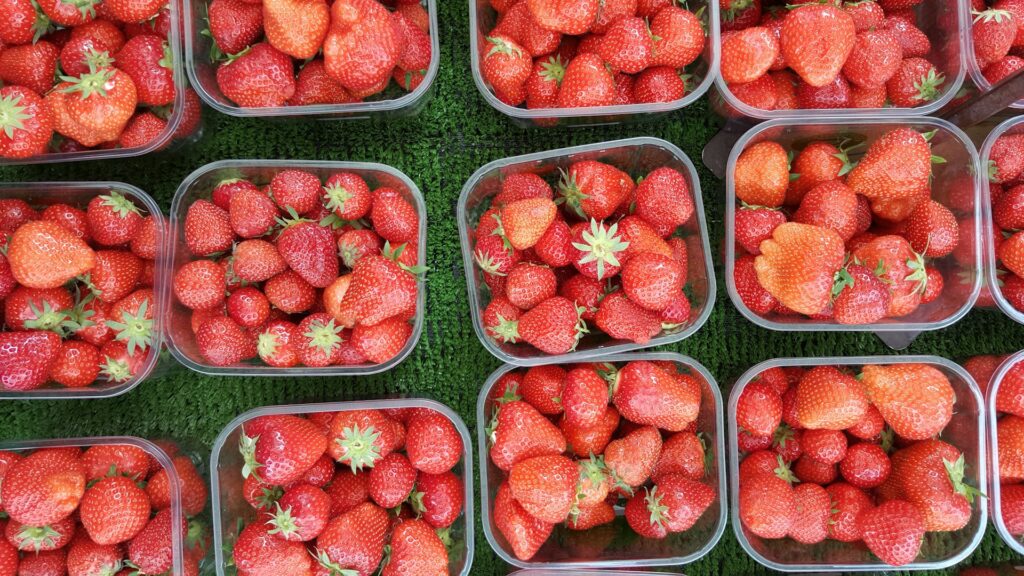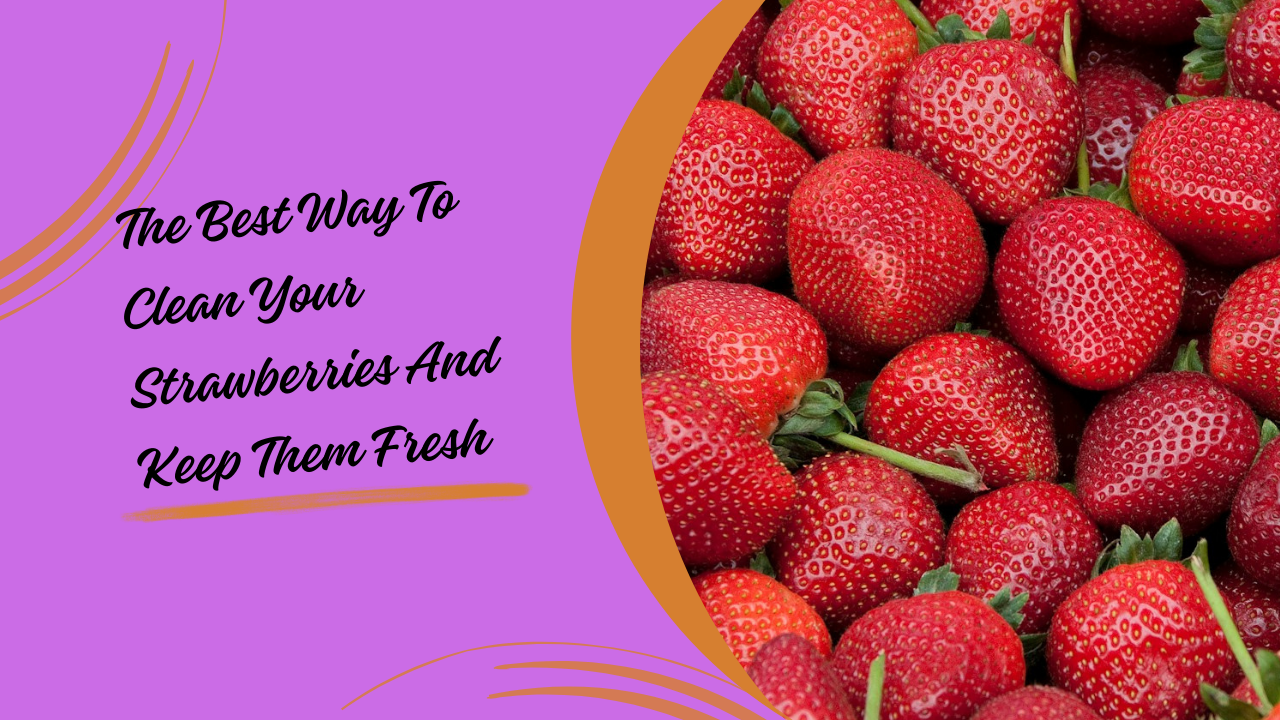Strawberries are a delightful treat, bursting with flavor and nutrients. However, to fully enjoy them, it’s essential to clean and store them properly. Here’s a comprehensive guide on the best way to clean your strawberries and keep them fresh for longer.
Cleaning Your Strawberries
Rinse Gently Under Cold Water
Begin by rinsing your strawberries gently under cold, running water. Place them in a colander or sieve to allow water to flow through and remove any dirt or debris. Avoid soaking them, as this can make them mushy and dilute their flavor.
Use a Vinegar Solution for Extra Cleanliness
For a deeper clean, especially if you’re concerned about pesticide residues or bacteria, prepare a vinegar solution. Mix one part white vinegar with three parts water. Soak the strawberries in this solution for about 5 minutes. The vinegar helps to disinfect the fruit and can also extend its shelf life by reducing bacterial growth.
Rinse Again

After soaking in the vinegar solution, rinse the strawberries thoroughly under cold water to remove any remaining vinegar taste. Be gentle to avoid bruising the fruit.
Pat Dry with a Clean Towel
After rinsing, gently pat the strawberries dry with a clean, dry paper towel or cloth. Avoid rubbing them, as this can damage their delicate skin.
Remove the Stems and Leaves
It’s best to remove the stems and leaves only after washing. If you remove them before washing, water can seep into the fruit, making it soggy and shortening its shelf life.
Keeping Your Strawberries Fresh
Store in the Refrigerator
Place your cleaned strawberries in a paper towel-lined container to absorb excess moisture. Store them in the refrigerator’s crisper drawer, which is typically the best environment for fruit.
Use a Ventilated Container
If possible, use a container with ventilation holes. This helps to prevent moisture buildup, which can lead to mold. Avoid sealing strawberries in an airtight container, as this can trap moisture and hasten spoilage.
Avoid Washing Until Ready to Eat

For the best shelf life, avoid washing strawberries until you’re ready to eat them. Excess moisture can accelerate spoilage, so only rinse them just before consumption.
Check Regularly
Inspect your strawberries daily and remove any that show signs of mold or softness. Mold can spread quickly, so it’s crucial to keep your strawberries in good condition.
Consider Freezing for Long-Term Storage
If you have more strawberries than you can eat before they spoil, consider freezing them. Wash and dry the strawberries, then place them on a baking sheet in a single layer to freeze. Once frozen solid, transfer them to a freezer bag or airtight container. Frozen strawberries are great for smoothies, desserts, or cooking.
FAQs
Q1: Can I use a baking soda solution to clean strawberries instead of vinegar?
A1: Yes, you can use a baking soda solution as an alternative. Mix 1 teaspoon of baking soda with 2 cups of water. Soak the strawberries for 5 minutes and then rinse thoroughly under cold water. Baking soda is effective in removing residues and can also help in cleaning the fruit.
Q2: How can I tell if strawberries are still fresh?
A2: Fresh strawberries should be firm, plump, and vibrant in color. Avoid berries that are soft, mushy, or have visible mold. Additionally, a sweet aroma indicates freshness, while a sour or off smell can be a sign of spoilage.
Q3: How long can strawberries last in the refrigerator?
A3: Properly stored strawberries can last up to 7 days in the refrigerator. However, their shelf life can be affected by the freshness at the time of purchase and how well they are stored.
Q4: Can I wash strawberries in advance and store them?
A4: It’s best to wash strawberries just before eating to prevent moisture buildup, which can lead to mold and spoilage. If you must wash them in advance, ensure they are thoroughly dried and stored in a well-ventilated container.
Q5: What’s the best way to defrost frozen strawberries?
A5: To defrost frozen strawberries, place them in the refrigerator overnight or leave them at room temperature for a few hours. For quicker thawing, you can use the microwave on the defrost setting, but be cautious to avoid cooking them.
Q6: Can I freeze strawberries with the stems on?
A6: It’s best to remove the stems before freezing strawberries. Stems can affect the texture of the fruit when thawed, and removing them ensures that the strawberries freeze evenly.
Q7: How can I use frozen strawberries?
A7: Frozen strawberries are versatile. Use them in smoothies, baked goods, sauces, or as a topping for yogurt or oatmeal. They are also great for making jams and preserves.
Conclusion
Cleaning and storing strawberries correctly ensures that you can enjoy their vibrant flavor and health benefits for as long as possible. By following these steps, you can maintain their freshness and savor the delightful taste of strawberries whenever you like. So, the next time you bring home a batch of these juicy gems, remember these tips to keep them at their best!
Read Also:- Carnitas (Mexican Slow Cooker Pulled Pork) Recipe
